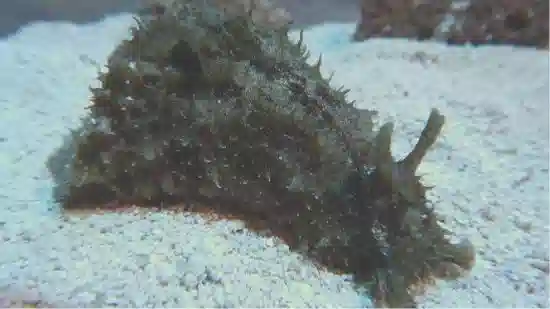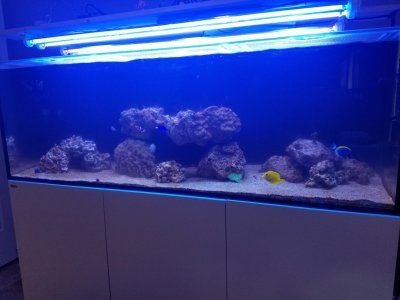- Joined
- Sep 3, 2019
- Messages
- 38
- Reaction score
- 18
This is a noobie question but I have tried other methods including searching for threads here and have either found nothing or the method I have tried doesn't work.
The problem is a have a thick matted layer of algae that doesn't break up easily and combined with the oolitic sand I have doesn't not want to come out when I vacuum.
Pinching the tube leaves the sand as well as the algae, and using full suction leaves the algae suspended in the tube, then falls back down to the sand bed when I stop. I thought about getting it out with a fish net but I'm afraid of disturbing the sandbed with it.
Any suggestions?
The problem is a have a thick matted layer of algae that doesn't break up easily and combined with the oolitic sand I have doesn't not want to come out when I vacuum.
Pinching the tube leaves the sand as well as the algae, and using full suction leaves the algae suspended in the tube, then falls back down to the sand bed when I stop. I thought about getting it out with a fish net but I'm afraid of disturbing the sandbed with it.
Any suggestions?



















